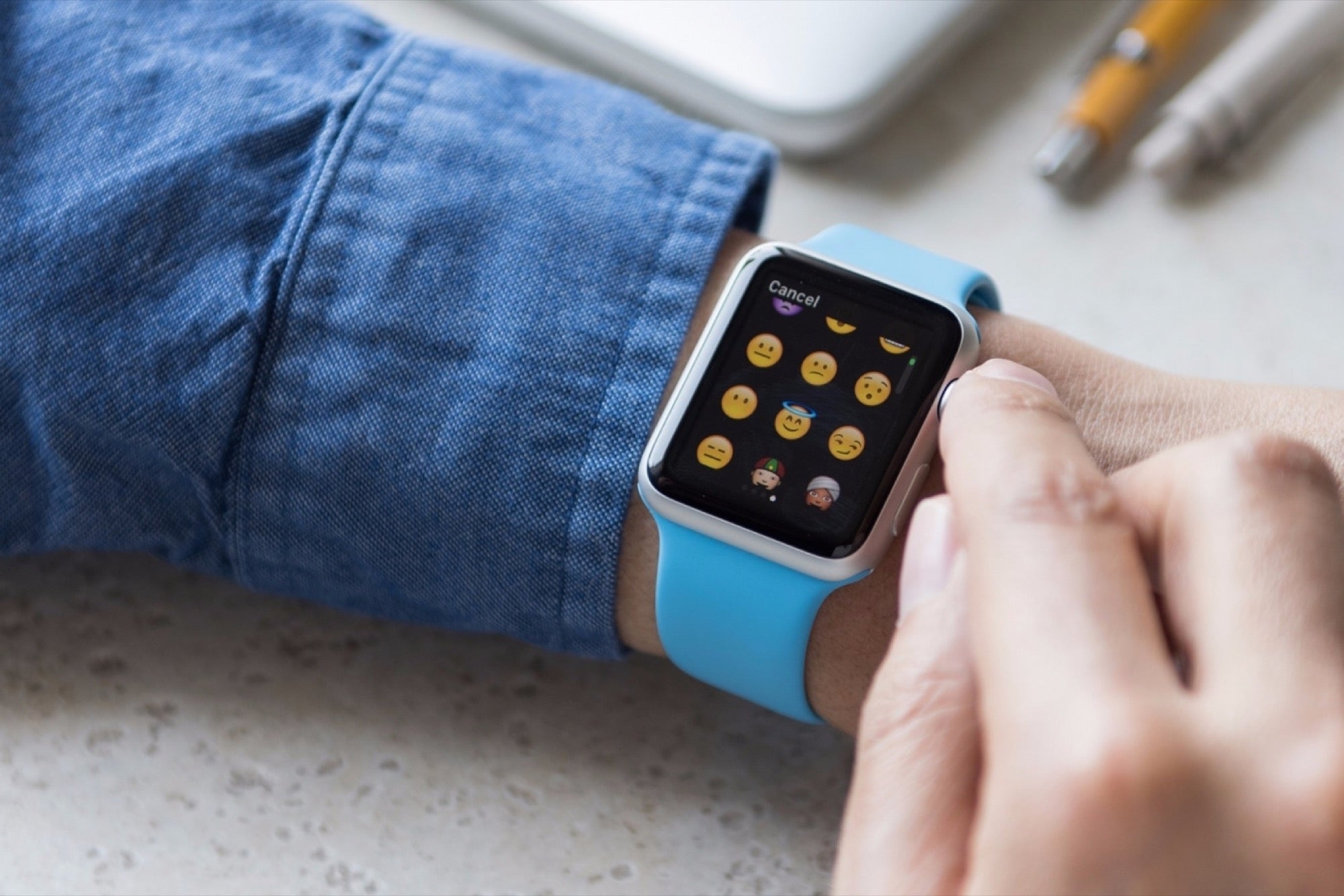Wearable Technology: A Powerful HR Tool From promoting a healthy lifestyle to enhancing workplace safety, there's a lot of potential for companies to see.
By Meghan M. Biro Edited by Dan Bova
Opinions expressed by Entrepreneur contributors are their own.

Wearable technology -- devices like smartwatches and fitness trackers -- is hugely popular these days. People from every demographic are mapping their fitness accomplishments and keeping tabs on sleep patterns, heart rates and weight loss goals. In fact, according to eMarketer, nearly 40 million U.S. adults over 18 used wearable technology in 2015 -- a jump of 57.7 percent over 2014. The usage of wearables is projected to hit 81.7 million adults by 2018.
Some businesses are exploring opportunities to turn the wearable device trend into a powerful HR tool. From promoting a healthy lifestyle to enhancing workplace safety, there's a lot of potential for companies if they have a clear implementation strategy and a focus on personal privacy.
Encourage employee wellness initiatives.
Studies show that healthy employees cost less: They have lower healthcare costs, fewer lost work days and they're more likely to stick around if their employer has an excellent wellness program.
Related: Wearable Tech Will Soon Be Work Attire in These 4 Industries
According to a study published by ABI Research, 13 million wearable devices will be integrated into corporate wellness plans over the next five years. Wearables are perceived to offer encouragement to work toward better health, without appearing to be a requirement, and apparently, 44 percent of U.S. workers are already wearing them to work.
A survey by Salesforce found that many companies are exploring other uses for wearable tech, such as workplace security (23 percent), employee time management (20 percent), and real-time employee communication (20 percent). And, as the market for wearables continues to evolve, business applications for wearables will grow also.
Improve safety and on-the-job communication.
Incorporating wearables can help ensure employee safety in hazardous work environments. For example, truck drivers can wear a "Smart Cap," literally a hat with sensors in it, that helps keep tabs on their levels of alertness, reducing the risk of accidents due to fatigue or falling asleep behind the wheel.
Enhance operational efficiency.
Large distributors, such as Amazon, use wearable tech to give warehouse employees an extra set of eyes. Once outfitted with GPS tags and handheld scanners, warehouse "pickers" find the most efficient paths to take, when gathering order items, reducing time spent traveling up and down aisles. Use of the wearable tech speeds up order fulfillment increases daily shipments.
Related: Wearable Tech Is Improving Employee Productivity and Happiness
Have a clear strategy to secure employee buy-in.
There is a barrier to adoption for any new wearable program: It can seem creepy. It's one thing to know how many stairs you climb in a day, but another to know your boss can monitor your heart rate, water intake, or activity levels on a sick day. Making use optional instead of mandatory and being transparent about how data will be collected and used, can help put employees at ease.
While in some situations -- like workplace safety -- individual monitoring has a clear purpose, employees can have mixed feelings about personal privacy. Use it at a granular level, like employee discipline and you risk building mistrust and resentment; anonymize it too much and you could lose a lot of the data's value.
Ensure security, back-end support for wearables.
Privacy and security are serious concerns for any business; when you add personal information to the mix, any breach can severely reduce employee trust and morale and open the company to liability for identity theft and other potential legal entanglements.
"While wearable devices generally fall outside the scope of the FDA and HIPAA, the data collection activities associated with wearable devices could be governed by state privacy and security laws," advised Health Law Gurus. They noted that some wearables send personal information without encryption, and in some cases, collected data is sold to third parties.
Related: 4 Ways Wearable Tech Can Make Managers More Effective
Before handing out the wearable devices, think through the potential issues you may face and policies you'll need to support the initiative. Help employees understand any security risks and ensure you're familiar with the provider's terms of service, as some limit an employer's use of data. Wearables need to be supported by sound data collection software and reliable analytics, with a simple way to keep data in sync. Doing this well may take multiple tools, and may require dedicated maintenance of the organization's back-end system.
Human Resources is dedicated to providing organization and structure to their company's day to day operations, and wearable technology offers a wealth of opportunities for employee engagement, including benefit incentives, increased productivity, and enhanced safety. However, you need to consider, very carefully, how you'll approach and implement wearable tech in your business.











